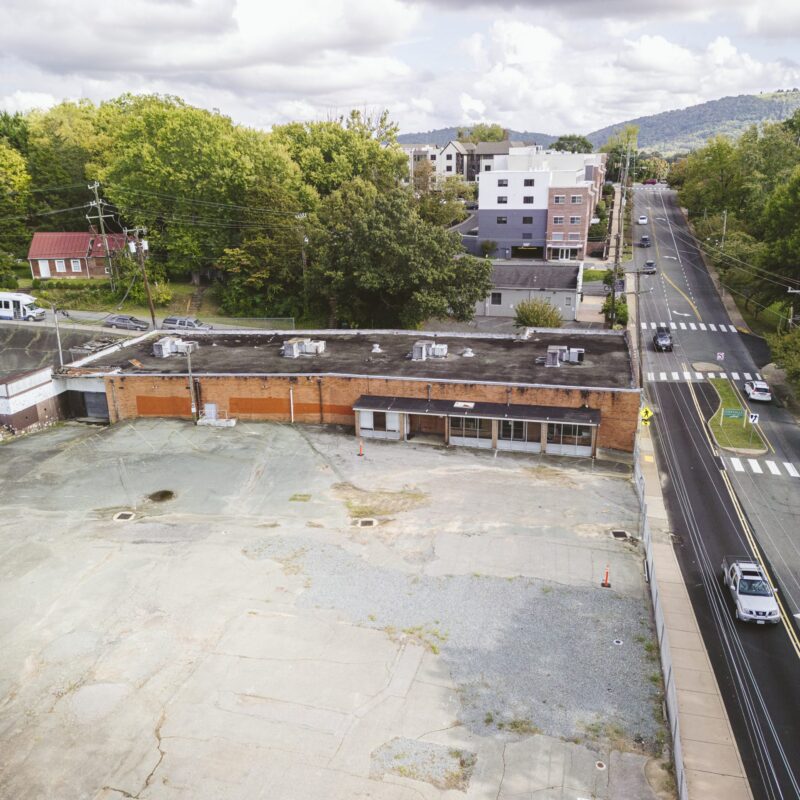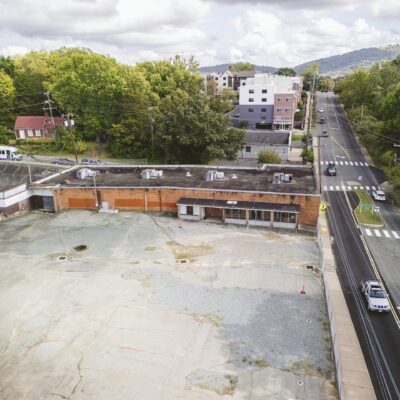Permit me a brief moment of bragging. I am as proud as any farm wife with a brand-new ribbon from the county fair, because this summer I conquered my fear of canning food. Well, it wasn’t exactly a fear; just the uncertainty that comes from not knowing much, except the fact that if you screw it up, you could die of botulism.
Actually, that’s a test I haven’t passed yet, since we haven’t opened and eaten any of the stuff I canned. But I do know for sure that my little larder looks very pretty. I give you, left to right, brandied peaches, pickles, pickled beets, whole tomatoes, and Southern Peach Honey.

There are many more jars of these things in my kitchen.
So what’s green about canning food? Well, I tend to think that any means of providing for oneself is green in the sense that it partially removes you from the whole machine of the global economy. But that’s a fairly vague theory. My real question is this. Canning this stuff took a lot of energy. You have to boil huge amounts of water for long periods of time. I saved the water and used it to water plants, but still, the old electric stove got quite a workout. So is this still more efficient than it would have been to grow produce out of state, ship it to a factory for processing, package it and then transport it to a grocery store, to which I’d have to drive?
I’m guessing home canning is still easier on the planet, but what do you all think? And does anyone have experience with lower-impact ways to preserve food, like solar-powered dryers? A friend in New Mexico tried lactofermentation, and her verdict was “stinky.”



